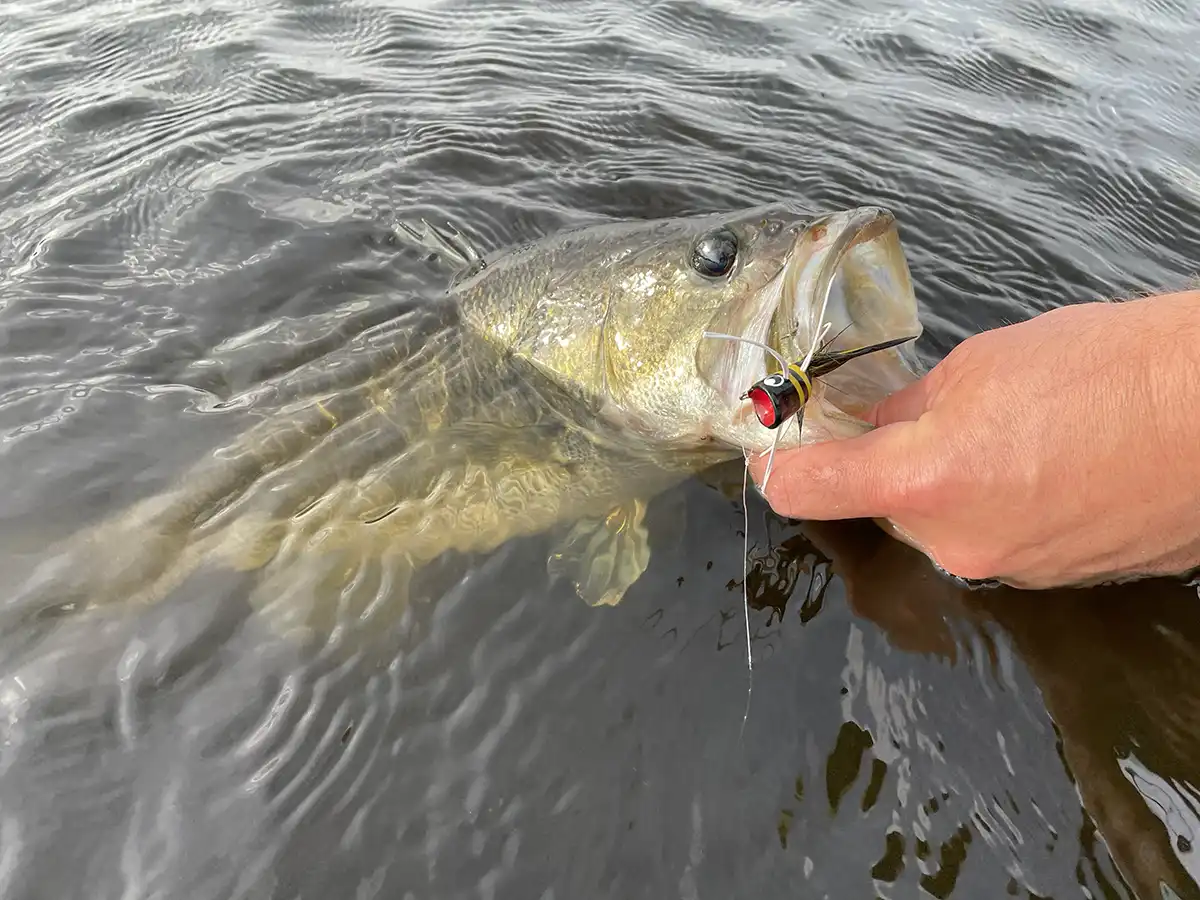Understanding the Basics of Fly Fishing for Bass
The Fly fishing for bass is a unique and rewarding experience that requires skill, patience, and knowledge of both the fish and the environment. Unlike traditional fishing, fly fishing relies on lightweight flies and precise casting techniques to mimic the natural movement of prey. Expert anglers emphasize the importance of understanding bass behavior, including their feeding patterns and preferred habitats. In freshwater lakes and rivers, bass often hide near structures such as submerged logs, weed beds, and rocky outcrops, making these areas ideal spots to target. Knowing how to approach these locations quietly and strategically is crucial for successful fly fishing for bass.
Choosing the Right Rods and Reels
Selecting the appropriate rod and reel is essential when fly fishing for bass. Anglers typically prefer medium to heavy action rods to handle the strength and fight of bass. A well-balanced rod paired with a smooth reel ensures better control over casting and retrieving. Line selection also plays a significant role; floating lines are commonly used for surface or shallow water fishing, while sinking lines are better suited for deeper areas. Expert anglers recommend practicing with different rod and line combinations to determine what works best for various bass habitats and conditions.
Selecting Effective Flies
The choice of flies can make or break your success in fly fishing for bass. Bass are opportunistic feeders, so using flies that imitate their natural prey is critical. Top choices include poppers, streamers, and soft hackles, which mimic insects, small fish, and amphibians. Color and size variations also influence effectiveness depending on water clarity and light conditions. Expert anglers often carry a variety of flies to adapt to changing environments, as bass may prefer different patterns at different times of the day or season.
Mastering Casting Techniques
Proper casting technique is a hallmark of successful fly fishing for bass. Anglers must learn to control the line with precision, ensuring the fly lands softly on the water to avoid spooking the fish. Common techniques include the roll cast, overhead cast, and sidearm cast, each suited for different situations. Practicing these techniques enhances accuracy and distance, allowing anglers to reach bass in both open water and tight spaces near vegetation or structures. Experienced fly fishers also focus on timing and movement, making the fly appear lifelike to entice strikes.
Reading Water and Bass Behavior
Reading the water is a critical skill in fly fishing for bass. Observing ripples, shadows, and disturbances can reveal the presence of feeding bass. Seasonal changes, water temperature, and weather patterns also affect bass activity. In spring and early summer, bass often move closer to shallow areas for spawning, while in hotter months, they retreat to deeper, cooler waters. Understanding these behavioral patterns enables anglers to choose the best fishing spots and adjust their approach for maximum success.
Techniques for Hooking and Landing Bass
Once a bass strikes, proper technique is required to set the hook and land the fish effectively. Fly fishing for bass demands quick reflexes and strong line management to prevent the fish from escaping. Anglers should maintain steady tension and avoid jerky movements that can dislodge the hook. Using a landing net or carefully handling the fish ensures a safe release if practicing catch-and-release. Experts stress the importance of patience and control during this phase, as a rushed approach often results in lost catches.
Seasonal Strategies for Success
Seasonal strategies play a significant role in fly fishing for bass. Spring offers excellent opportunities as bass become more active near shallow waters, making it easier to target them with surface flies. Summer requires focusing on deeper or shaded areas where bass seek cooler temperatures. Fall can be productive as bass feed aggressively to prepare for winter, while winter fishing demands slower presentations and smaller flies. Adjusting techniques and fly selection according to the season enhances overall effectiveness and increases the chances of a successful day on the water.
Tips from Expert Anglers
Expert anglers recommend a combination of preparation, observation, and adaptability for fly fishing for bass. Regularly scouting new waters, studying bass behavior, and experimenting with different flies and techniques can dramatically improve results. Maintaining equipment, practicing casting, and learning to read subtle signs in the water are equally important. Additionally, respecting local regulations and practicing ethical fishing ensures sustainability for future generations of anglers.
Fly fishing for bass is an art that combines knowledge, skill, and patience. By understanding bass behavior, choosing the right gear, mastering casting techniques, and adapting to seasonal changes, anglers can enjoy a rewarding and successful experience on the water. With consistent practice and attention to detail, fly fishing for bass becomes more than just a hobby—it transforms into a deeply satisfying and memorable pursuit.
